
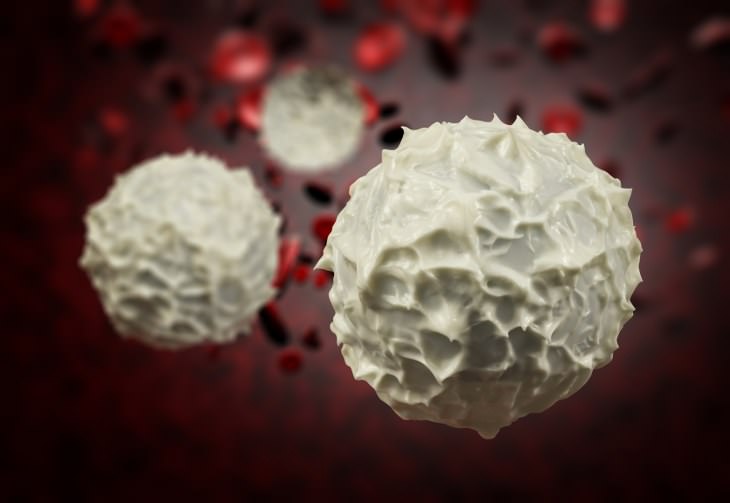
Types of White Blood Cells
There are 5 main types of white blood cells, which include:
Neutrophils - Around half of your white blood cells are neutrophils. These cells are normally the first to appear in response to threats. As first responders, they also send out messages which alert other immune cells to respond. Your body produces close to 100 billion neutrophils each day, and once they are released from the bone marrow live for only 8 hours.
Lymphocytes (B lymphocytes and T lymphocytes) - There are 2 types of lymphocytes, with T cells being responsible for directly killing infections, while B cells are responsible for humoral immunity. They create the antibodies which "remember" a threat and stand ready in case your body should ever be exposed to them again.
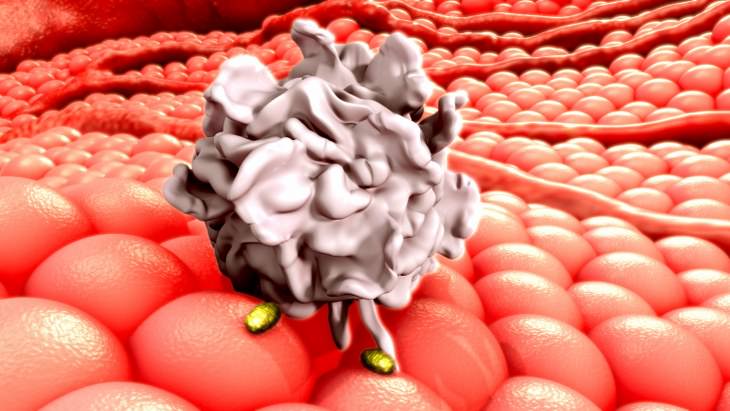
Monocytes - Monocytes are practically your immune system's garbage trucks. Around 5 percent of your white blood cells are monocytes, and their most essential function is to move into tissue and clean up any dead cells.
Eosinophils - Eosinophils play a critical role when it comes to fighting off bacteria, and they are also very important in responding to parasitic infections. They are also notorious for their role in producing allergy symptoms when they essentially believe that something harmless (such as pollen) is an invader. These are only around 1% of the white blood cells in your body but are highly concentrated in the digestive tract.
Basophils - Basophils also make up only 1% of your body's white blood cells, and are important in mounting a non-specific immune response to infections. Basophils are best known for their role in asthma, since their stimulation may result in the inflammation and bronchoconstriction of your airways.
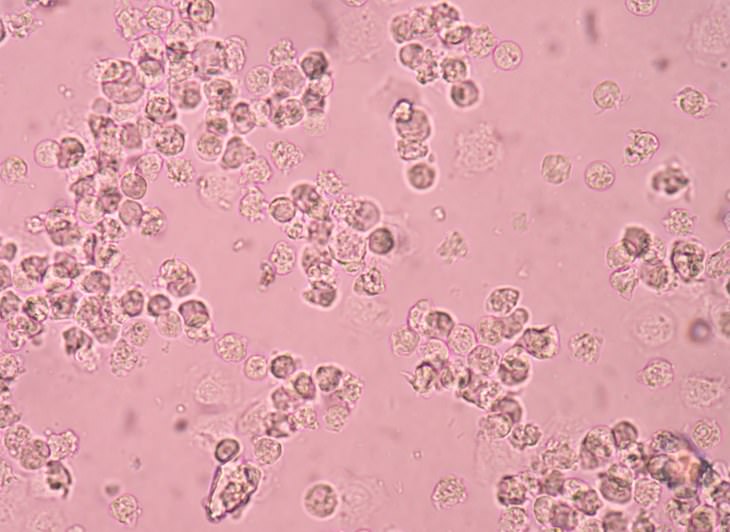
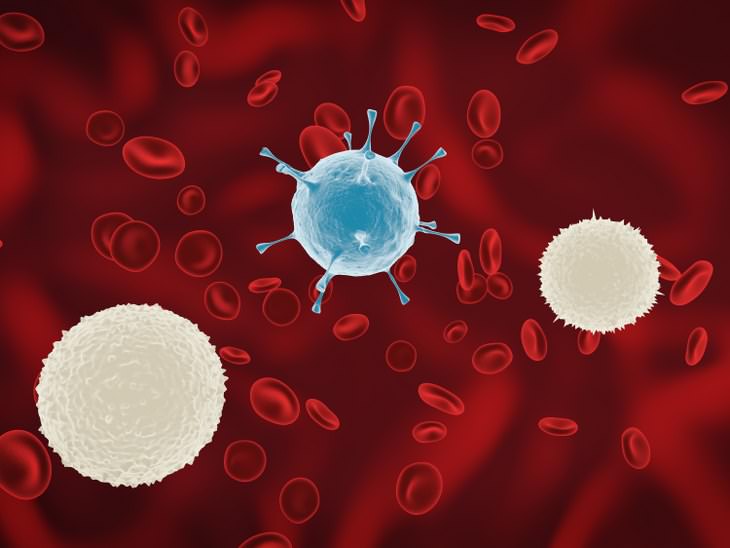
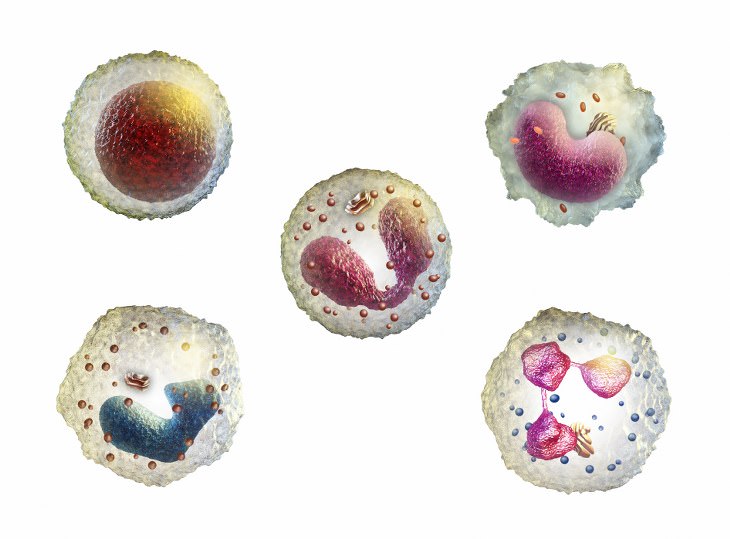
Related Articles:
Interactive: A Guide to Human Cell Structure
The Body's Processes Over a 24-Hour Period
 8:10
8:10
Winter Hikers, Gather Round for the Best Tip of the Season
Here's how advanced snow hikers layer clothing in the winter.

New Study: A Pill that Works Out Your Muscles?!?
New study shows that, though we are not there yet, a pill can and probably WILL come out that works out the muscles and grows them.

Knowing the Signs of a Brain Tumor Can Save Your Life...
Learn what the most common symptoms of a brain tumor are, so that it can be picked up and treated before it's too late.

Alcohol Linked To More Cancer Types Than Previously Known
A new study found a clear correlation between alcohol consumption and more types of cancer than previously known.
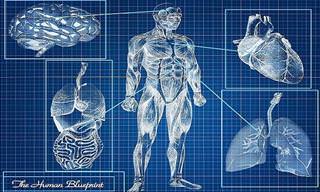
These Are the Miracles That Happen in Our Bodies Every Day
There is a lot that happens inside our bodies every single day. Did you know any of these facts?

Who Knew Vick's VapoRub Was SO Versatile?
Is there any product in your medicine cabinet that is more versatile than Vick's VapoRub? Here are 7 innovative ways for you to use it.

When Under a Microscope, Even Ordinary Things Seem Alien
Have you ever given any thought to what every day things look like under a microscope? Some of these images are truly beautiful - see for yourself in the images below.
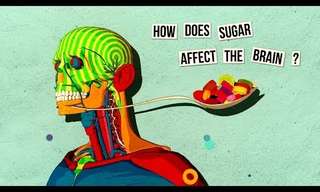 5:03
5:03
WHY is Sugar So Devilishy Addictive?
There seems to be a fascinating scientific explanation for why our will power is weak when it comes to sugar!

17 Incredible Eye Facts You Have To See To Believe
They say the eyes are the window to the soul, and they also happen to be our windows to the world. Here are 17 insanely fascinating facts about eyes.

16 Surprising Things I Never Knew About Sleeping!
Who knew there was so much we don't know about our most popular activity! Here are 16 facts you may not have known about your sleep.

These Optical Illusions Will Shock Your Mind!
Optical illusions create miscommunication between our eyes and brain making, us see things that are not really there or not see things that are right in front of us. See for yourself.

20 Fascinating Things That Can Be Found in the World
These pictures show us 20 fascinating and absolutely astounding things, from a single mountain with 1000 waterfalls to a giant ant!
 2:23
2:23
Introducing the Astronauts That Were Just Launched Into Space
The two astronauts — veteran NASA fliers Bob Behnken and Doug Hurley are honored to have been on this flight. Let's get to know them!

8 Fascinating Heartbeat Facts You Never Knew Before
These heartbeat facts will leave you astounded.

Wonder Why Time Speeds Up As You Age? Here's the Answer
We all get the sensation that time moves faster as we get older, but there are scientific reasons for that. Read on to learn about this fascinating phenomenon.
 1:29
1:29
A Must See: White Cells Devouring Bad Bacteria!
A real look at how white cells identify and consume harmful bacteria.
 3:16
3:16
Discover How Anesthesia Affects Your Body and Mind
If you were ever curious about how exactly anesthesia works, then this video has all the answers!
 54:17
54:17
Science Philosophy: What is the TRUE Nature of Time?
Join us as we journey through theories, discussions, and insights that challenge our perceptions and broaden our understanding of time itself.

9 Women Inventors Who Have Been Overlooked by History
History has overlooked many great women inventors. Here’s your chance to get to know a few of them.
 26:43
26:43
These 20 Tech Inventions Will Define the Next Decade
The future is here. Check out some emerging technologies that are all set to chane our world forever.
 20:01
20:01
Future Tech: 19 Innovations About to Change Our World
These groundbreaking new technologies will change our world.

The Facts You Didn't Know About the Human Body...
Discover 120 fascinating and surprising facts about your body you may not have known. Going over most of the body parts, you will learn so much you never knew about the body we all use.

First US Embryo to be 'Edited'; Rise of Genetic Changes!
Could the first human embryos be genetically modified?
 15:41
15:41
Keep Your Home Safe with These Handy Gadgets
These 13 devices will transform your home security.
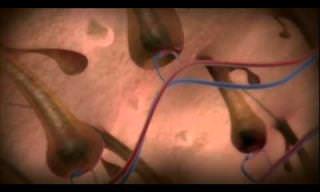 15:55
15:55
This Incredible Documentary Takes You Into the Human Body
A beautiful and graphically advanced animation sheds light on the mysteries of the human body.
 8:14
8:14
What Would You Do if You Had an Extra Thumb?
This revolutionary invention has the potential to revolutionize the field of prosthetics.
 16:28
16:28
This Secret Invention Changed the Course of WW2
Let’s take a closer look at the proximity fuze, also called Vt Fuze, an invention that changed the course of the second World War.
 8:28
8:28
Could These Signals Be A Sign of Extraterrestrial Life?
Scientists have recently picked up on a mysterious radio signal from space, and it could mean a lot - maybe even a sign from extraterrestrial life forms.

There are Some Great Secrets Found in Mathematics...
Numbers hold some great secrets - they even tell us about life!

These Are the Miracles That Happen in Our Bodies Every Day
There is a lot that happens inside our bodies every single day. Did you know any of these facts?

Is it REALLY the Coffee that Wakes Us Up in the Morning?
A recent study has revealed that the coffee you drink may just be a placebo...
 5:08
5:08
Erecting a Behemoth: Installation of an Offshore Oilrig
How do they install an offshore oilrig? This video will show you, step by step, how it is done.

Ponder Life's Big Questions with a Truly Brilliant Mind
Dr. Michio Kaku is known around the world for his brain power and ability to explain complex concepts with effortless ease. Here are his thoughts.
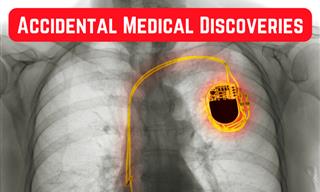
6 Fascinating Stories of Accidental Medical Discoveries
From penicillin to pacemakers, here are the medical breakthroughs that were discovered by accident.
 9:34
9:34
Was Roman Concrete Really Superior to Our Own?
How did Ancient Romans make such durable concrete that it still lasts today?

9 Great NASA Inventions That Took the World By Storm!
For around six decades, NASA have been inventing top-notch products. Here are nine great examples!

Doctors Make History With First Whole Eye Transplant
Surgeons in New York have performed the world’s first transplant of an entire human eye!
 13:01
13:01
13 Incredible ROOF INNOVATIONS For Your House
Keep the roof of your house safe with these incredibly useful inventions.
 7:56
7:56
Asteroid Mining: Why it's the New Trillion Dollar Business
Get ready to learn how asteroid mining could potentially transform our world.

INTERACTIVE: A Guide to the Workings of the Human Body
The human body is the most complex machine known to man, and the amount of things it has to do to keep us alive is incredible. View this interactive guide now.
 11:03
11:03
These New Technologies Will Change the World!
These groundbreaking tech innovations are going to change our world!

9 Recent Groundbreaking Discoveries You Need to Know About
These recent breakthroughs will revolutionize our world.
 8:10
8:10
Taller Doesn't Mean Bigger - the True Size of Skyscrapers
If you were to compare skyscrapers by area rather than height, which skyscraper would end up on top?
 4:40
4:40
Breathalyzers May Be More Important Than You Thought
This video does a great job in breaking down how in the future, breath analysis can be used to detect disease and prevent more invasive procedures.

Guide: All About the Gut-Brain Connection in Your Body
it's becoming increasingly clear just how influential our tiny gut microbes are in shaping our mood and even our overall health.

This Is Why You Should Choose Paper Towels Over Air Dryers
Jet air dryers seem to provide a rapid solution to drying our hands in public restrooms, but they're actually havens for bacteria. Take a look.

17 Experiments That Produced Very Bizarre Results...
Take a look at this collection of photos showing how common people performed some fascinating accidental scientific experiments.


